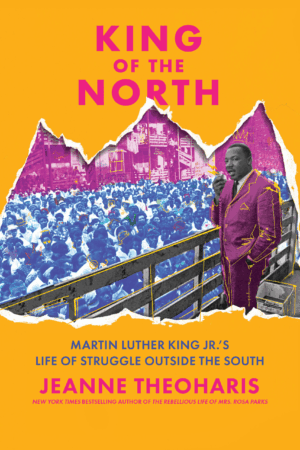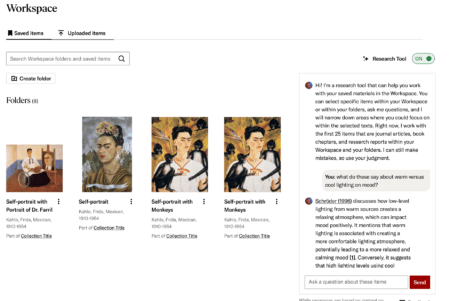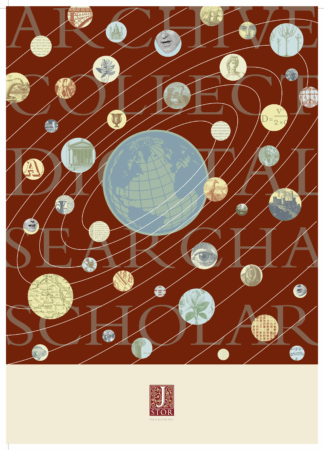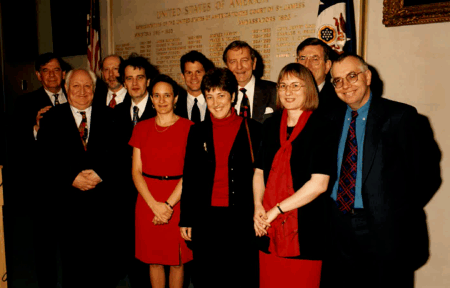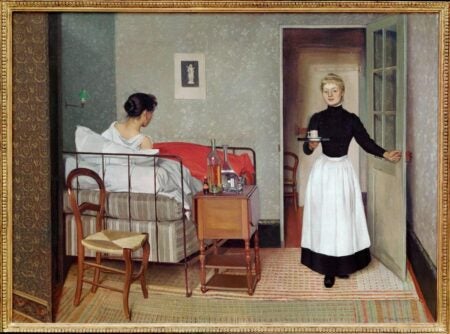What scholars are reading: Top-read JSTOR ebooks and editor picks
Explore the most-read JSTOR ebooks and editor picks across disciplines, from art and history to sociology and political science. With 168K+ titles available through JSTOR’s Demand-Driven Acquisition model, discover timely, interdisciplinary scholarship to support teaching and research.
